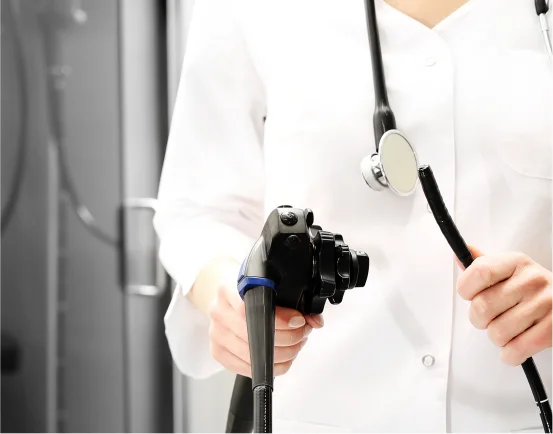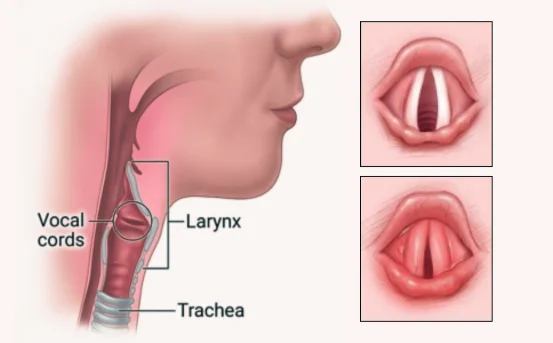Peroral Endoscopic Myotomy (POEM) is a highly advanced minimally invasive procedure that is used to treat disorders of esophageal motility that are most often achalasia. Prior to undergoing the procedure an accurate diagnosis for peroral endoscopic myotomy is crucial to determine the root of the problem, determine the severity of the condition, and decide whether the patient is a suitable candidate for the procedure. In this article, we’ll guide you through the process of diagnosing POEM that includes tests, symptoms and treatment choices with the aim of helping patients know what to be expecting prior to surgery.
What is Peroral Endoscopic Myotomy (POEM)?
Understanding of diagnosis for peroral endoscopic myotomy
POEM is a new endoscopic procedure that is used to treat achalasia. It is a condition in which the lower esophageal muscle (LES) isn’t able to relax properly, which makes it difficult for liquids and food to enter the stomach. The condition can trigger symptoms such as difficult swallowing (dysphagia) as well as regurgitation, chest pain along with weight gain.
Before doing POEM doctors must determine the existence of esophageal motility disorders by an array of diagnostic tests. This makes sure that the procedure is efficient and safe to the person who is undergoing it.
Why Diagnosis is Crucial Before POEM
A timely and accurate diagnosis aids in:
- Determine the exact type as well as the stage, or other mobility disorders.
- Eliminate esophageal cancer and structural anomalies.
- Make the POEM procedure customized to meet the specific needs of the patient.
- Enhance treatment outcomes and reduce complications.
Diagnostic Tests Before POEM
Here’s a look at some of the most frequently used diagnostic methods prior to POEM:
1. Esophageal Manometry
High-resolution esophageal Manometry (HRM) can be considered the most reliable method in diagnosing achalasia as well as other motility diseases. It tests:
- The esophagus is under pressure.
- Muscle contractions
- The function that of the lower esophageal and sphincter (LES)
2. Barium Swallow (Esophagram)
The barium swallow X-ray is an imaging test that is non-invasive. A patient is able to drink fluid with barium and the X-rays are examined to see how the esophagus carries to take the drink into stomach. Achalasia is a common symptom:
- A dilation of the esophagus
- The bird’s beak is narrowing towards the LES
3. Endoscopy (EGD – Esophagogastroduodenoscopy)
Endoscopy is used to:
- Remove any mechanical obstacles
- The ability to detect esophageal esophagus inflammation or strictures
- Examine the lining of the esophageal
This can be helpful in making plans for the POEM procedure, by visualizing the anatomical arrangement.
4. Esophageal pH Monitoring
While not mandatory the test is a good way to detect acid reflux and helps identify Achalasia as distinct from GERD (gastroesophageal reflux disorder). This is important because both conditions may present with the same symptoms, such as regurgitation and chest pain.
Keywords: pH monitoring for esophageal disorders, GERD vs achalasia diagnosis
Differential Diagnosis: Conditions That Mimic Achalasia
A variety of conditions share symptoms with Achalasia. Correct diagnosis makes sure that POEM isn’t done in a hurry or in a way that is not appropriate. They include:
- Esophageal cancer
- Chagas disease
- Esophageal stricture
- Diffuse esophageal spasm
- Pseudoachalasia (secondary to malignancy)
Therefore, a precise diagnosis of the differential is vital to avoid misdiagnosis or mistreatment.
Criteria for POEM Eligibility Based on Diagnosis
Following diagnosis an individual patient will be assessed as a candidate for POEM If they satisfy the following criteria:
- Achalasia Type I or II or III
- The failure of the medical or pneumatic dilation treatment
- No evidence of malignancy, or significant structural damage to the esophagus
- Overall health and good overall for the endoscopic procedure
Keywords POEM candidate, POEM selection criteria Achalasia type III POEM
Doctor Consultation: What to Expect
The gastroenterologist or the specialist in motility will:
- Check the results of all diagnostic tests
- Define the findings
- Discuss whether POEM is appropriate.
- Draw out the benefits, risks and possible pitfalls
Patients are usually sent to a tertiary clinic or esophageal mobility clinic in which POEM is carried out by highly skilled endoscopists.
Benefits of Accurate Diagnosis Before POEM
A thorough and specific diagnosis for peroral endoscopic myotomy can ensure:
- Rapider recovery
- Improvement in symptoms relief
- Lower rate of complications
- Treatment plans that are customized to your needs
- Preventing unnecessary surgeries
Conclusion
A precise and well-planned diagnosis for peroral endoscopic myotomy forms the basis to a successful surgical result. With comprehensive tests like manometry, barium swallows or endoscopy, as well as monitoring of pH, doctors are able to quickly determine the cause and extent of condition. If you or someone close to you have difficulty swallowing or suspect achalasia an evaluation from a medical professional before you decide whether POEM is the right option for you.























